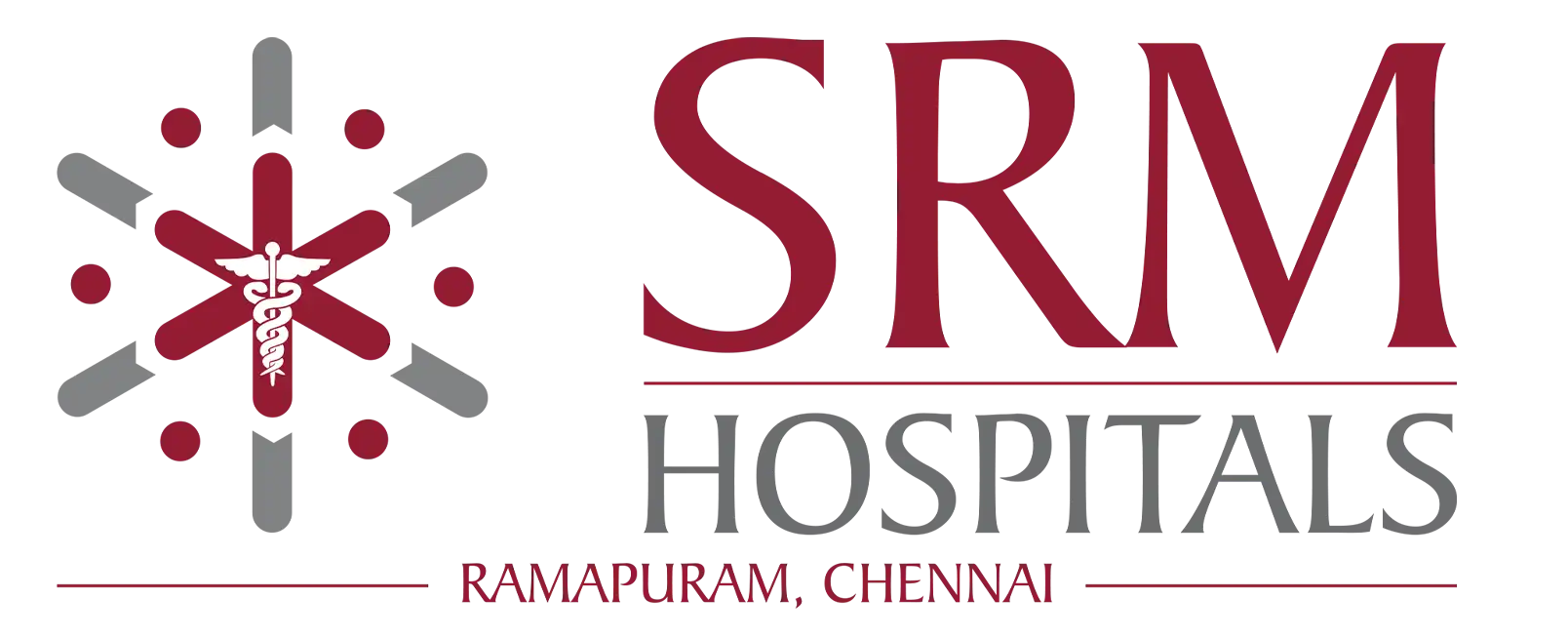What is Autonomic Disorders ?
Autonomic disorders are disorders of the nervous system that occur due to damage to the nerves of the autonomic nervous system. The autonomous nervous system is the part of the nervous system that controls the heart rate, digestion, sensation, body temperature, and breathing rate of a person. Autonomic dysfunction causes mild to moderate symptoms including dizziness, fatigue, sweat abnormality, digestion abnormality, urinary problems, vision problems, irregular heartbeat, and more. They can be aggravated in patients with obesity, high blood pressure, long-term alcoholism, and/or autoimmune disorders.
- Hemodialysis is a treatment to filter wastes and water from your blood, as your kidneys.
- Did when they were healthy. Hemodialysis helps control blood pressure and balance.
- Important minerals, such as potassium, sodium, and calcium, in your blood.
- Hemodialysis can help you feel better and live longer, but it’s not a cure for kidney failure.
- You may be able to do hemodialysis at home. Normally, hemodialysis begins well before your kidneys have shut down to the point of causing life-threatening complications.





